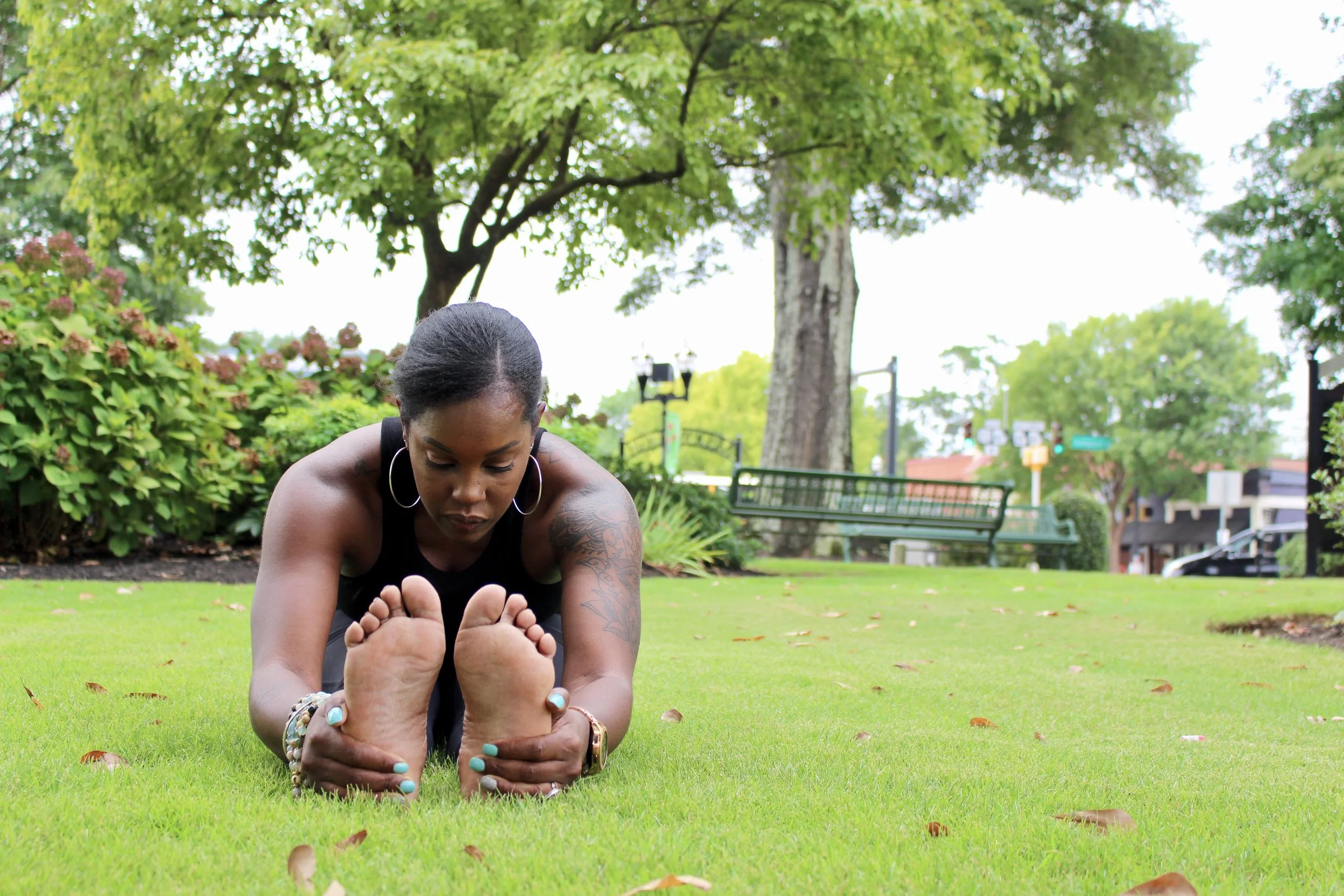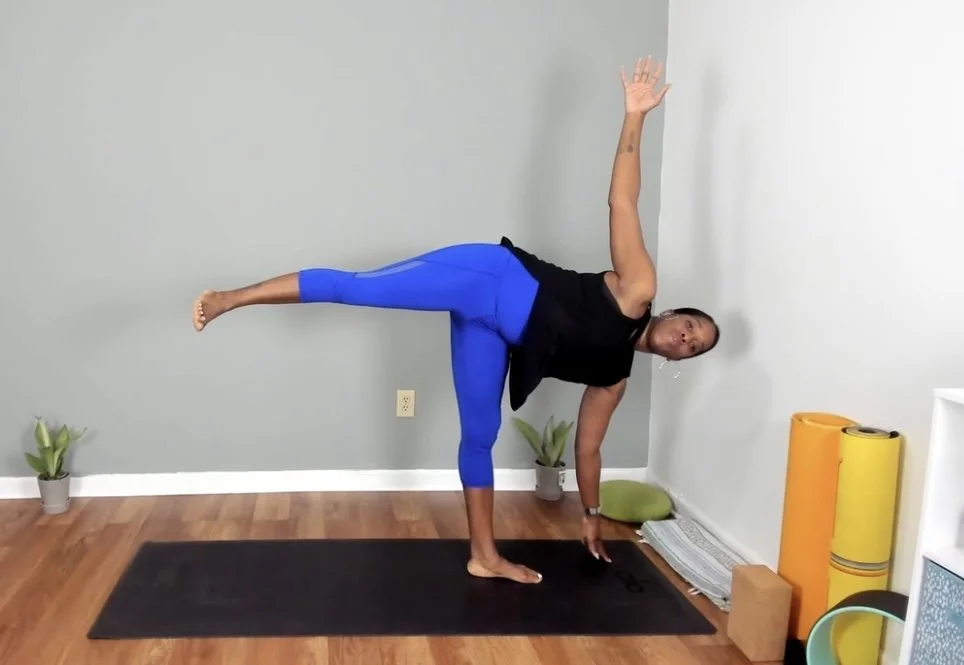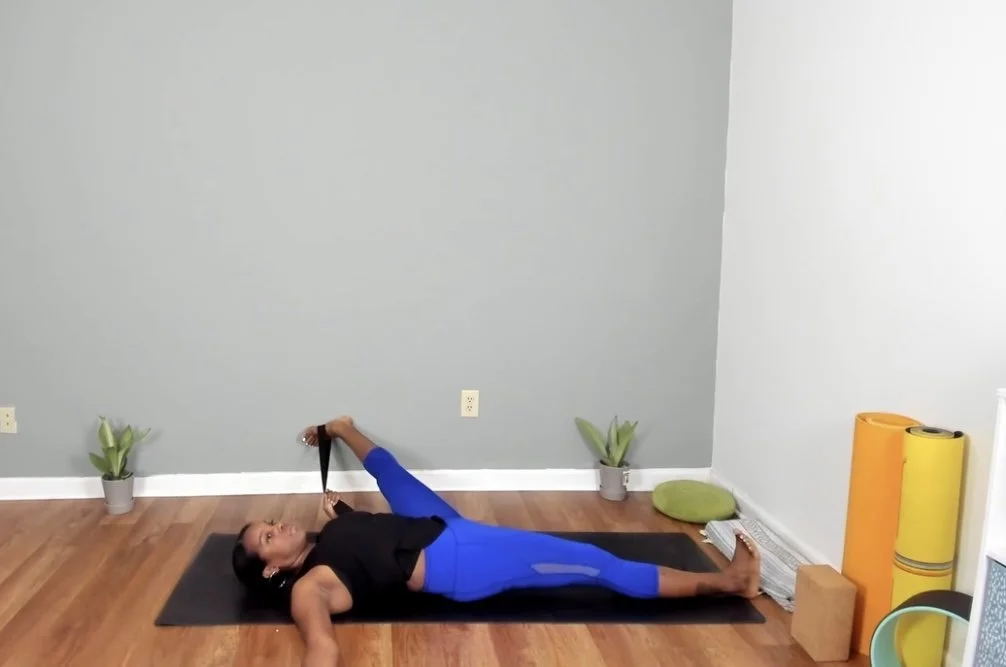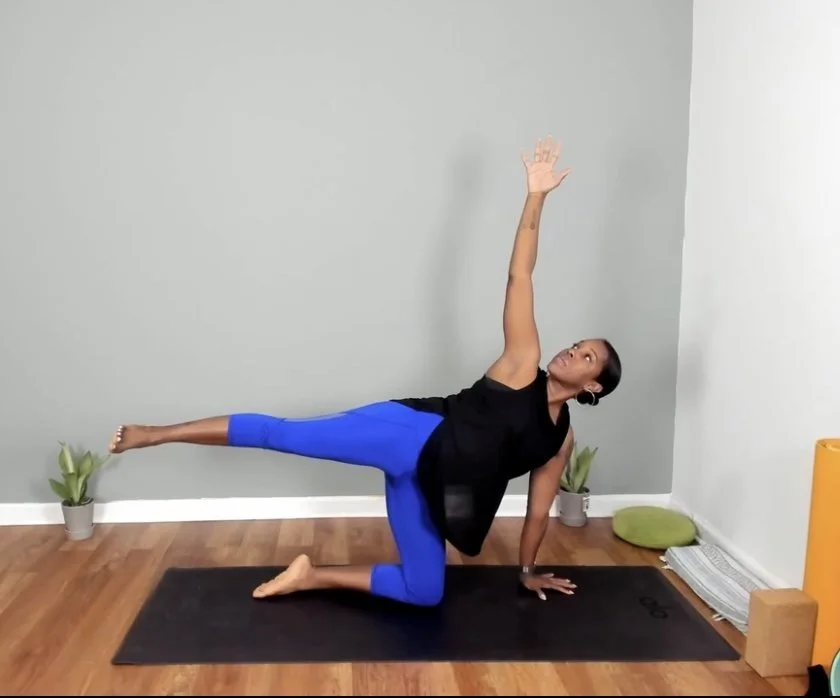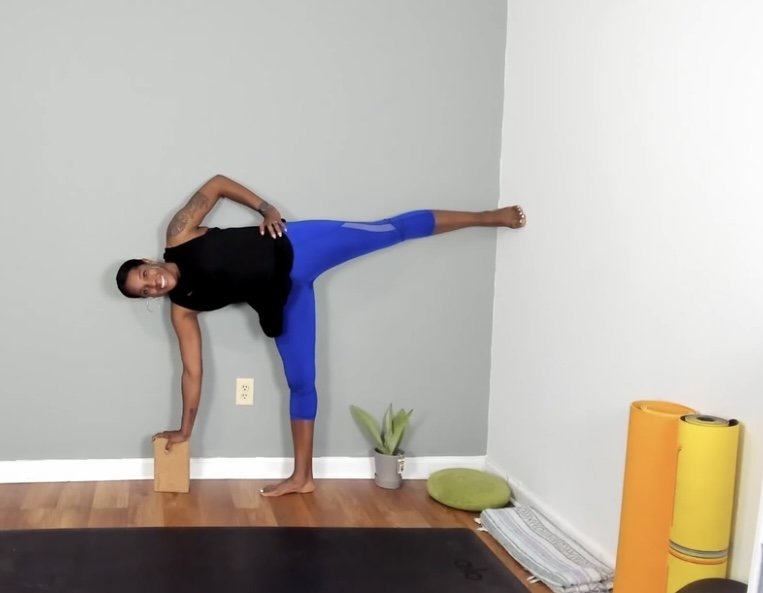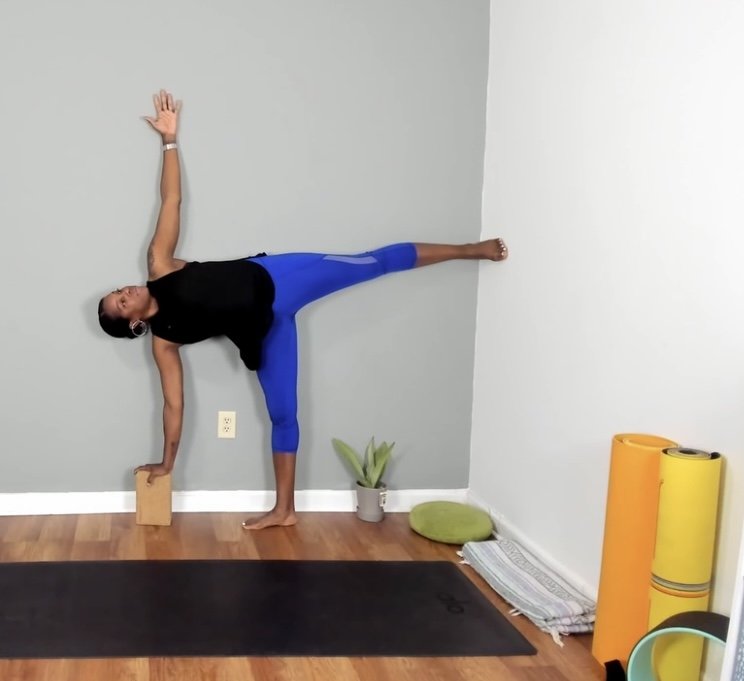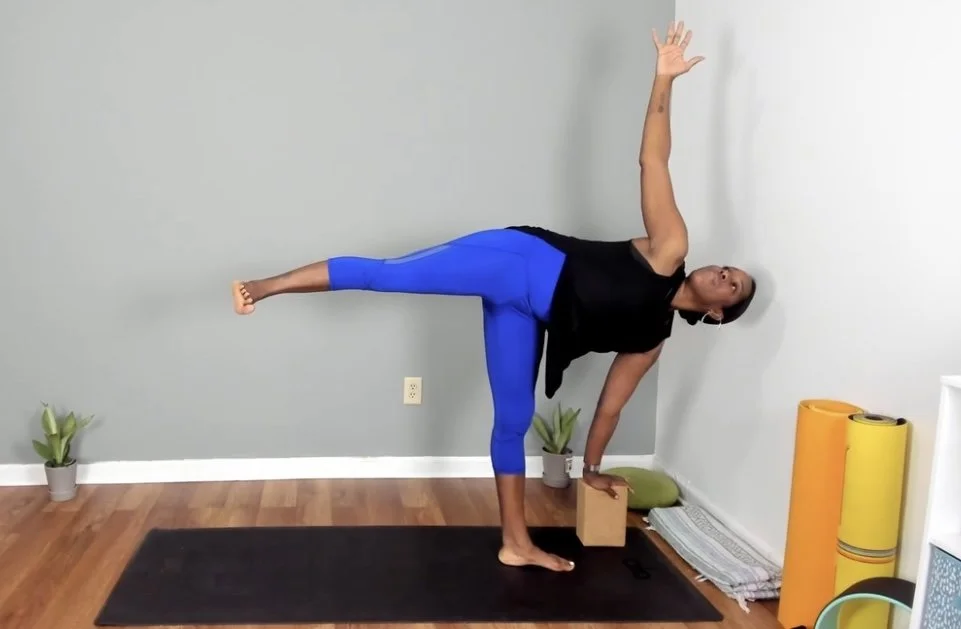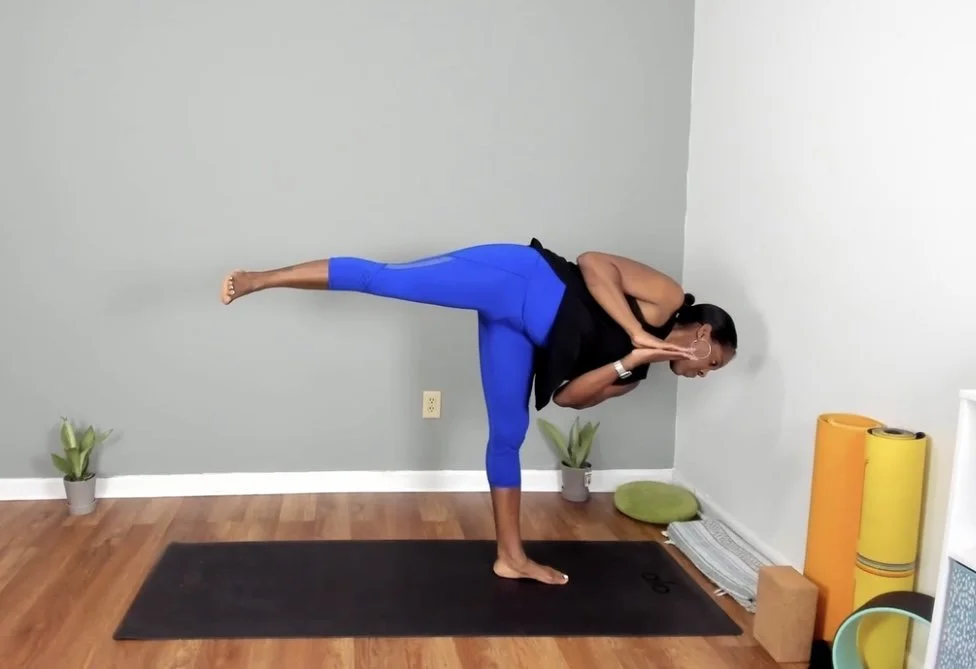The Third Eye Chakra, known as 'Ajna' in Sanskrit, is a powerful energy center located between your eyebrows. It's often referred to as the gate that leads to our inner realms and spaces of higher consciousness. In yoga, the Third Eye Chakra is seen as a spiritual guide that paves the path toward clarity, intuition, and self-awareness.
Signs of an imbalanced Third Eye Chakra
Lack of clarity and focus
difficulty making decisions
Felling disconnected from intuition or inner guidance
Over-reliance on logic and rationality
Frequent headaches or eye strain
Yoga Postures to Strengthen and Unblock the Third Eye Chakra
Yoga is not just about fitness; it's a pathway to self-discovery. Certain yoga postures can help awaken and balance your Third Eye Chakra and promote balance and inner peace. Here are a few poses to incorporate into your practice
'Child's Pose' (Balasana): Begin by kneeling on your mat and bring your big toes to touch. Sit back towards your heels and fold forward, bringing your forehead down to the mat, block, pillow, or bolster. You can rest your arms alongside your body or extend them forward. Focus on surrendering and connecting with your inner self.
'Eagle Pose' (Garudasana): Stand tall and cross your right leg over your left thigh. Your right foot can land on the floor, a block, next to the left calf, or maybe the foo can hook behind the left calf muscle. Extend your arms forward, cross your right arm under your left, and bring the palms of the hands together. Focus your gaze on a single point, stimulating the third eye chakra.
Downward-Facing Dog' (Adho Mukha Svanasana): Start on your hands and knees, then lift your hips up and back, straightening the legs (do not need to be completely straight). Press your palms into the mat and lengthen your spine. Allow your head to hang freely, encouraging blood flow to that third eye area.
Seated Forward Fold (Pachimottanasana): Sit on the mat with legs extended out in front of you with a gentle bend in the knees. You can use a strap around the ball of the feet or crawl the finger down the sides of the legs reaching toward your ankles or feet. Relax your head and neck, allowing the energy to flow through the third eye.
Other practices to strengthen the Third Eye Chakra
Meditation: Set aside some time in a quiet space to quiet the mind and focus on your breath. Visualize a vibrant indigo light at the center of your forehead, allowing it to expand and fill your entire body
Pranayama: Practicing alternate nostril breathing (Nadi Shodhana) helps to balance the energy flow of the body
Affirmation: Repeat positive affirmations related to intuition and inner wisdom. For example: “ I trust my intuition. I am connected to my higher self.”
Remember that cultivating intuition is a gradual process. With consistent practice and an open heart, you can awaken the dormant powers within. Embrace the magic of the third eye chakra and allow it to guide you on a path of self-discovery and spiritual growth.





